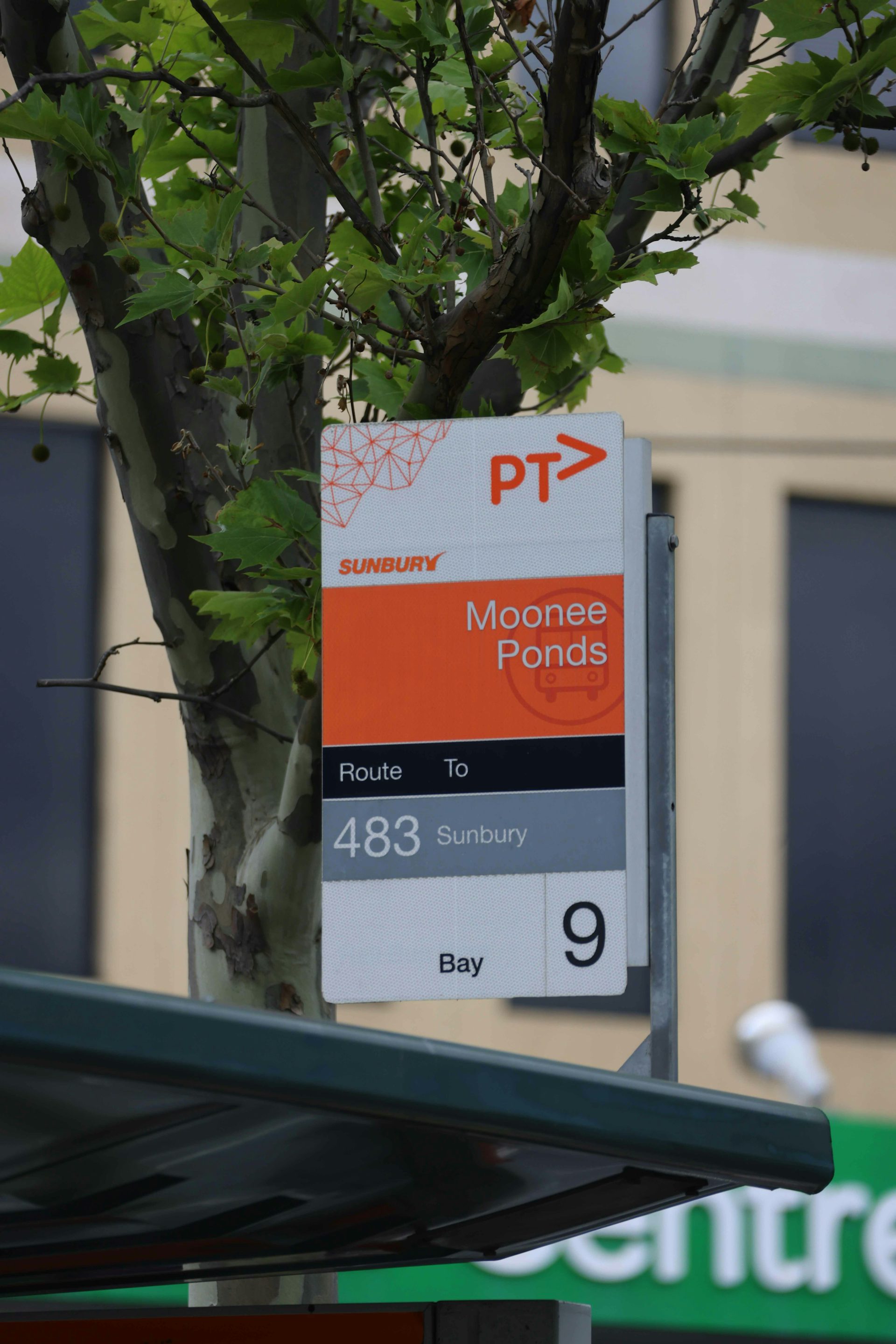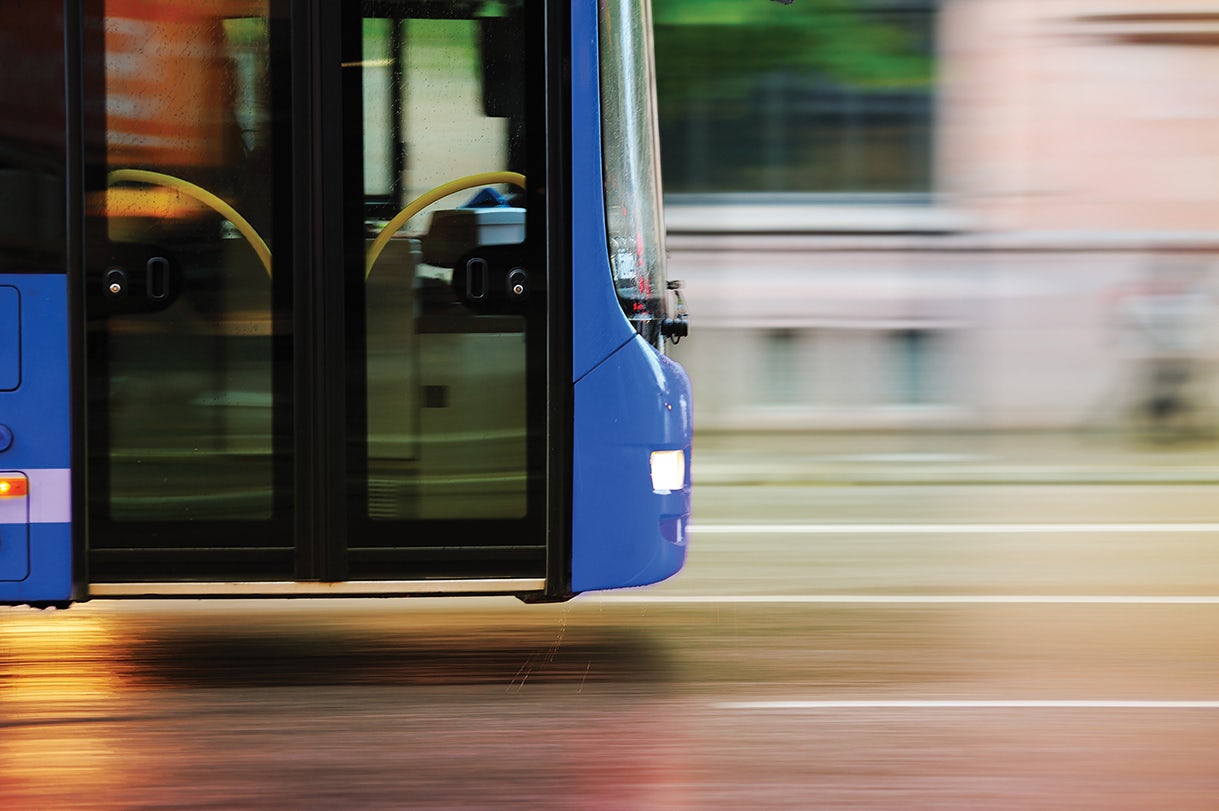Making the most of Melbourne's buses

How to get people on board
In this webinar, a panel of experts discuss how to make the most of Melbourne’s under-used bus network as the city continues to grow.
They talk about:
- the challenges facing Melbourne’s bus network
- how to get better value from the city's extensive bus network
- what passengers want from bus travel.
They also discuss how getting more people to use buses can ease congestion, reduce greenhouse gas emissions and improve access to transport.
This webinar is facilitated by Allison Stewart, Deputy Chief Executive Officer, Infrastructure Victoria.
The panel
- Andrew Cornwall, Managing Director, Ventura
- Stuart John, Executive Director, Modal Planning, Department of Transport
- Tony Morton, President, Public Transport Users Association
- John Stone, Senior Lecturer, Transport Planning, University of Melbourne
- Topics
- Type
- Webinar
- Published
- 2022



